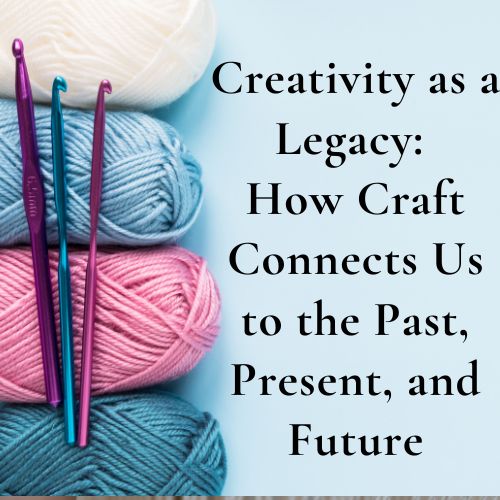When I sit down to create, I often think about the hands that came before mine.
The grandmothers who quilted by lamplight.
The artisans who wove intricate tapestries centuries ago.
The makers who stitched, knitted, embroidered, and crocheted their way through history.
Even if we don’t always realize it, crafting connects us to a long, unbroken thread of creativity, tradition, and storytelling.
Every stitch, every piece of fabric, every handmade item carries with it a story—our story, the stories of those who taught us, and the stories of those who will come after us.
If you’ve ever worked on a craft and felt a sense of connection to something beyond yourself, or if you’ve ever wondered how your creativity fits into a larger history, keep reading. Let’s explore how crafting is a form of legacy—one that ties us to the past, grounds us in the present, and carries meaning into the future.
 Want to learn more? Click here to join Craft to Heal.
Want to learn more? Click here to join Craft to Heal.
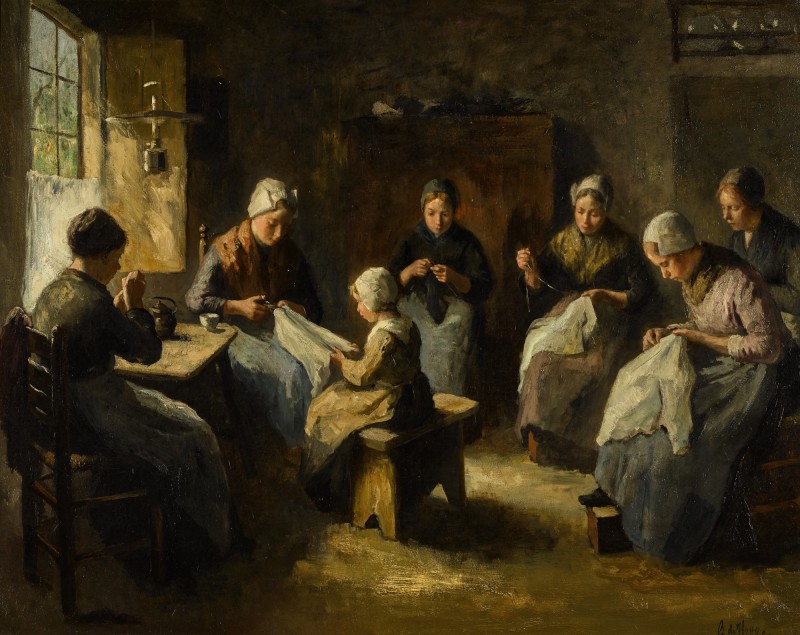
The Science: Why Crafting Creates a Sense of Legacy and Belonging
We often think of legacy in terms of what we leave behind, but research shows that feeling connected to a larger history can have profound psychological benefits.
Here’s why crafting is a powerful link between past, present, and future:
 It Strengthens a Sense of Identity and Belonging
It Strengthens a Sense of Identity and Belonging


 It Preserves Cultural and Personal Histories
It Preserves Cultural and Personal Histories


 It Creates Meaning That Outlives Us
It Creates Meaning That Outlives Us


In short? Every time you create, you are weaving yourself into a larger story—one that started long before you and will continue long after.
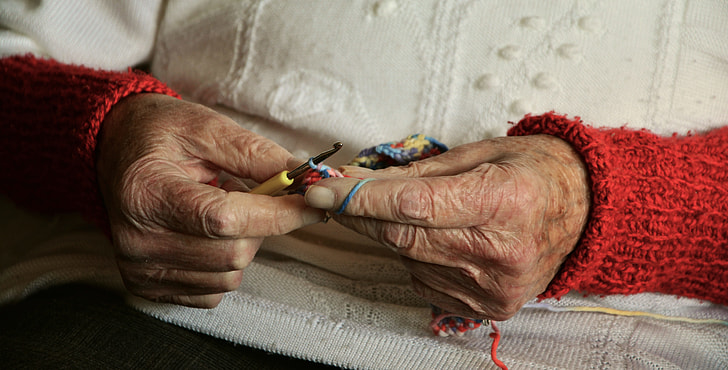
How to Embrace Craft as a Form of Legacy
If you want to honor the past, be present in the making, and create something meaningful for the future, here are a few ways to start:
1. Learn the Stories Behind Your Craft
Whatever fiber art you practice—whether it’s quilting, knitting, embroidery, or crochet—it has a history.




2. Make Something That Tells a Story
Craft has always been a tool for storytelling. Consider creating a piece that represents:




3. Pass Down Your Craft—Teach, Share, Preserve
Crafting isn’t just about what we make—it’s about what we share.




4. Participate in a Community or Collective Craft Project
Many cultures have a tradition of collaborative crafting—quilts made by multiple hands, embroidery projects that span generations, fiber arts that bring people together.




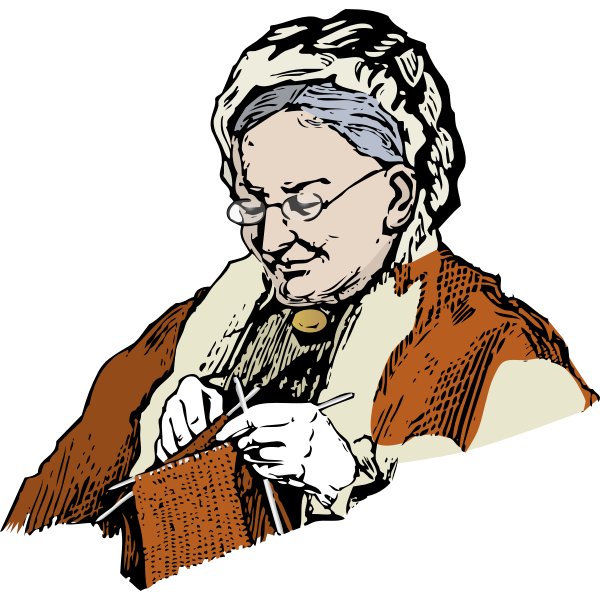
Explore This Deeper in Craft to Heal
If this idea of craft as a legacy—something that connects us to the past and future—resonates with you, Craft to Heal was designed for you.
In our March 18th workshop, we’ll explore:



If you’re ready to create not just for yourself, but as part of something bigger, I’d love to have you join us.
 Want to learn more? Click here to join Craft to Heal.
Want to learn more? Click here to join Craft to Heal.
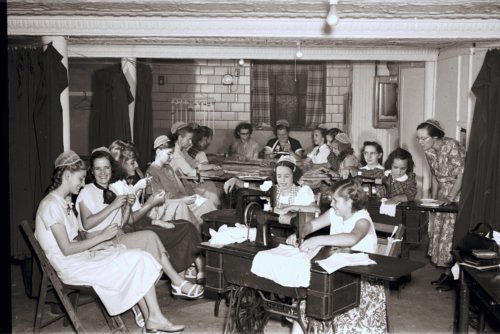
Every Stitch is a Story
Crafting isn’t just about making—it’s about remembering, honoring, and continuing a tradition of creation.
So whether you’re stitching a quilt, knitting a scarf, embroidering a message, or simply making with love, know that you are part of something bigger.
Every stitch connects you to the makers who came before you.
Every thread ties you to those who will come after.
Every creative act is a piece of your story—woven into history, carried into the future.
So keep making. Your craft is your legacy.
